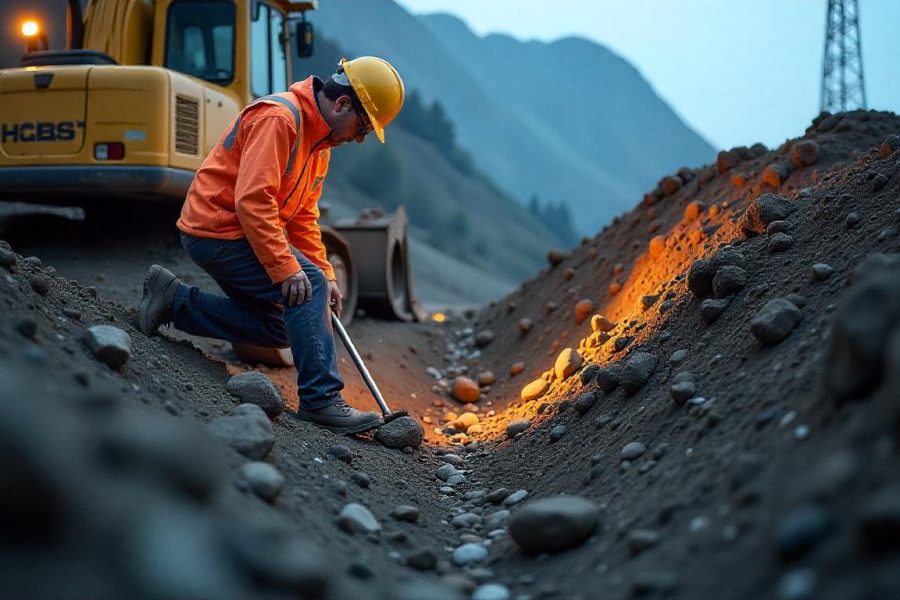Before you lay the first brick or pour the first slab, there’s one silent hero that determines whether your project stands strong or sinks into costly trouble: the ground beneath your feet.
Many builders overlook it—until cracks appear, walls settle unevenly, or entire structures face failure. That’s why geotechnical investigation is not an optional step; it’s the backbone of any successful construction project.
✅ What is Geotechnical Investigation?
Geotechnical investigation is the process of analyzing the physical properties of soil and rock beneath a construction site. This ensures that the ground can safely bear the load of the planned structure. Without this critical study, even the most advanced designs can fail.
A good investigation answers questions like:
- How deep should foundations go?
- Will the soil settle over time?
- Is there groundwater that could affect construction?
- Are there hidden voids or weak layers?
🔍 Soil Exploration: Digging Deep for Reliable Data
A core part of geotechnical study is soil exploration—the process of systematically examining soil layers to understand their composition, density, and moisture content.
Soil exploration helps engineers design foundations, retaining walls, basements, and other structural elements with confidence. Skipping this step can lead to costly redesigns or structural weaknesses down the line.
🏞️ Sub-Surface Investigation: Seeing What’s Hidden
While surface observations help, true insights come from sub-surface investigation. This involves going deep underground to study soil and rock layers that aren’t visible from the surface.
Techniques include:
- Borehole drilling
- Penetration tests
- Core sampling
- Groundwater observation
Sub-surface investigation ensures that hidden risks—like soft clay layers, cavities, or water tables—don’t surprise you mid-construction.
🧪 Soil Testing: Turning Samples Into Actionable Insights
Collecting soil samples is just the start. Soil Testing in the lab transforms raw samples into precise data. Tests check for:
- Bearing capacity
- Shear strength
- Compressibility
- Moisture content
- Chemical composition
These factors influence decisions like foundation depth, load distribution, and construction techniques. Without soil testing, you’re building blind.
🛠️ Boring and Sampling: How Data is Gathered
How do engineers get this valuable underground data? Through boring and sampling—the practical methods used to collect soil and rock samples at different depths.
Common methods include:
- Auger boring for soft soils
- Rotary drilling for harder layers
- Standard Penetration Tests (SPT) to measure soil resistance
Accurate boring and sampling are essential for reliable geotechnical reports.
📍 Real Example: How It Saves Crores
In a recent industrial project in Odisha, a thorough geotechnical investigation revealed soft clay pockets that could cause uneven settlement. By modifying the foundation design based on soil exploration and sub-surface investigation, the client avoided costly post-construction repairs and delays—saving crores in potential losses.
🧱 Final Thoughts: Build Smart, Build Strong
Every great structure begins underground. By investing in geotechnical investigation, soil exploration, sub-surface investigation, soil testing, and proper boring and sampling, you ensure your project stands the test of time—safely and cost-effectively.
At IDDC India, our team of experienced engineers and geotechnical experts deliver trusted insights for projects across Andhra Pradesh, Telangana, and Odisha. Whether it’s a highway, bridge, factory, or smart city—strong foundations start with smart soil studies.
💬 Ready to Build on a Solid Foundation?
Don’t guess. Test. Connect with IDDC India to ensure your next project starts on firm ground.


